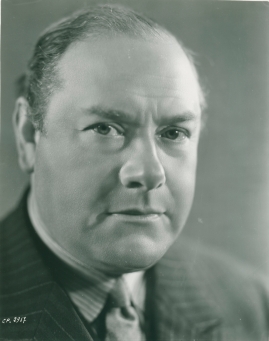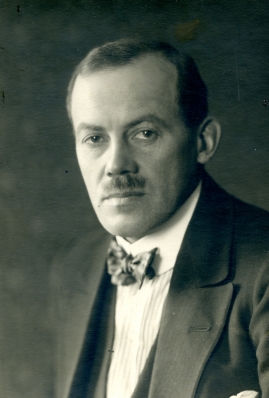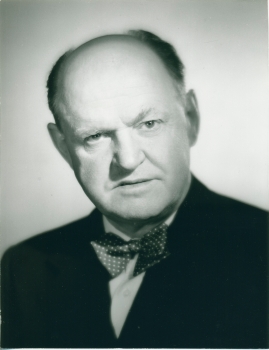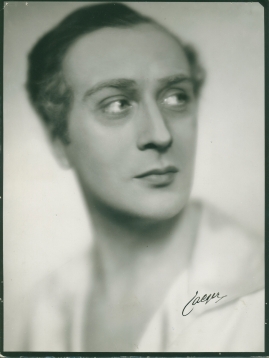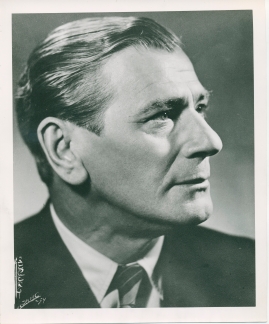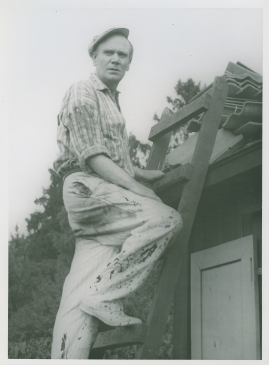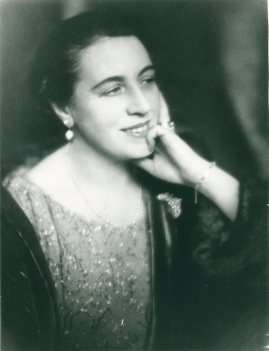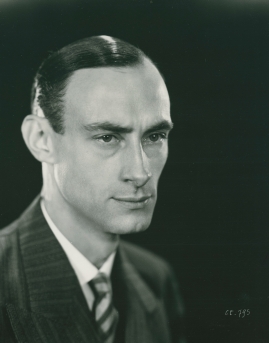John W. Brunius
Table of contents
- Basic facts
- Links and resources
- Biography
- Awards
- Films
- Original work
- Soundtrack listing
- Groups
Basic facts
Media (1)
| Alternative names |
|
|---|---|
| Director |
|
| Screenplay | |
| Show all films |
Biography
Swedish director, scriptwriter and actor. Born as John Wilhelm Brunius in Stockholm. Engaged at the Royal Dramatic Theatre 1905, the Swedish Theatre 1907 where he became director’s assistant 1918. Film director from 1918.-Filmindustri AB Skandia was formed in 1918, and John W. Brunius was contracted as its main director from the start. Brunius was originally educated at the Royal Dramatic Theatre in Stockholm. His first feature was Mästerkatten i stövlar (Puss in Boots 1918); an adaptation of a theatrical play he had produced, directed...
Links and resources
Biography
Swedish director, scriptwriter and actor. Born as John Wilhelm Brunius in Stockholm. Engaged at the Royal Dramatic Theatre 1905, the Swedish Theatre 1907 where he became director’s assistant 1918. Film director from 1918.
-
Filmindustri AB Skandia was formed in 1918, and John W. Brunius was contracted as its main director from the start. Brunius was originally educated at the Royal Dramatic Theatre in Stockholm. His first feature was Mästerkatten i stövlar (Puss in Boots 1918); an adaptation of a theatrical play he had produced, directed and starred in. Inspired by the recent successes of rival studio Svenska Biografteatern, Skandia early on decided to focus on adaptations of famous literary works, and Brunius’ next feature was the Bjørnstjerne Bjørnson adaptation, Synnöve Solbakken (A Norway Lass, 1919). The film was shot during the summer of 1919, partly in Skandia's studios in Långängen outside of Stockholm, and partly in the Gudbrandsdal, Norway. The film opened in October the same year in Stockholm, Lund and Helsingborg.
In 1919 Skandia ceased to be as an independent company. At the initiative of Svenska Biografteatern the two studios merged into AB Svensk Filmindustri, and Brunius continued to work for the new company. Among Brunius’ major works during these years was Johan Ulfstjerna (Human Destinies, 1923), a film concerning Finnish yearning for freedom and based on a play about the murder of the Russian Governor General Bobrikov in 1904. Later Brunius continued directing period pieces for his own companies, films such as Karl XII (Charles XII, 1925), Fänrik Ståls sägner (The Tales of Ensign Stål, 1926) and Gustaf Wasa (Gustav I, 1928); films that impress more by their sheer grandeur, ambitions and great number of extras, than by their cinematographic qualities.
Jon Wengström (2010)
